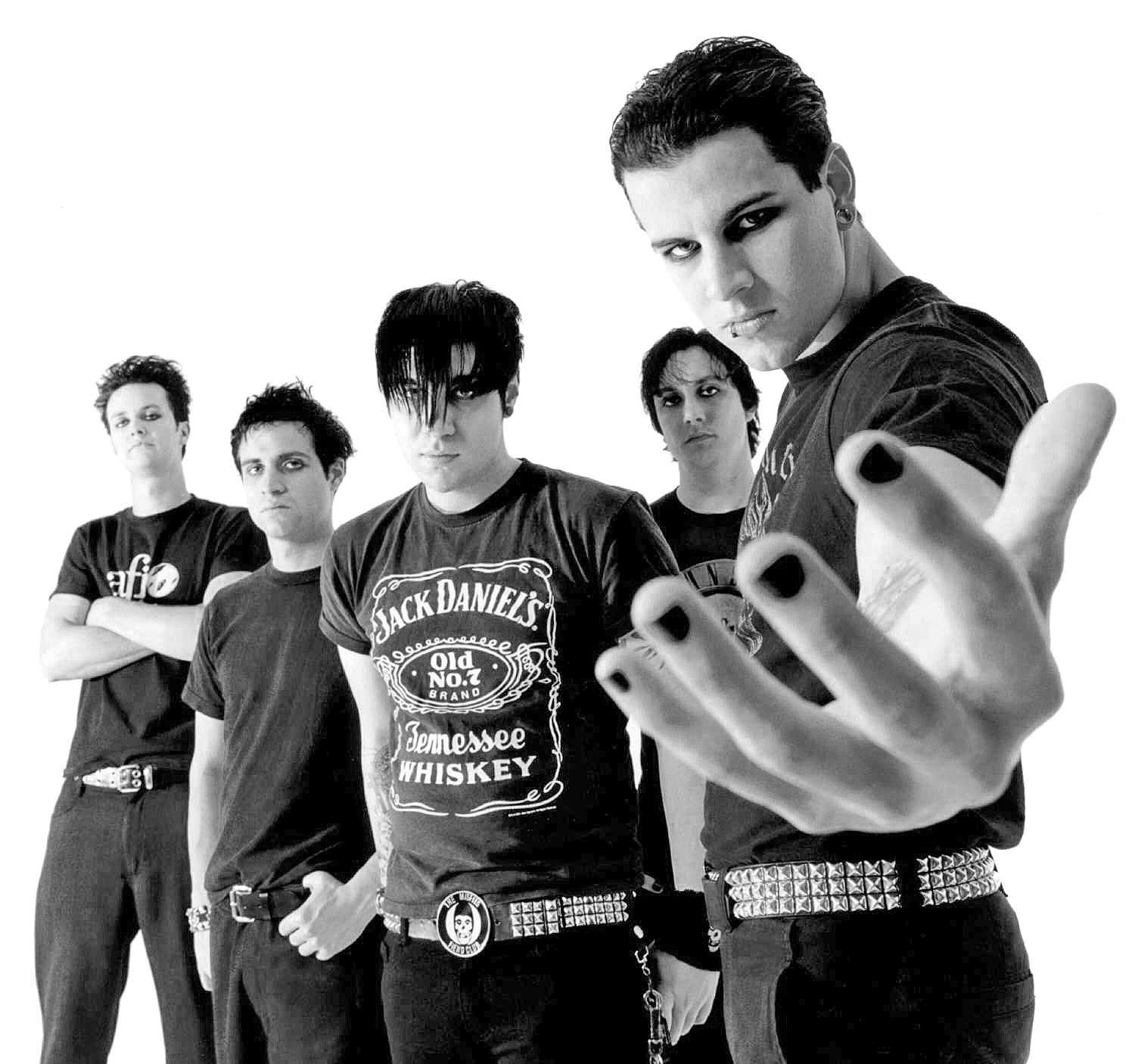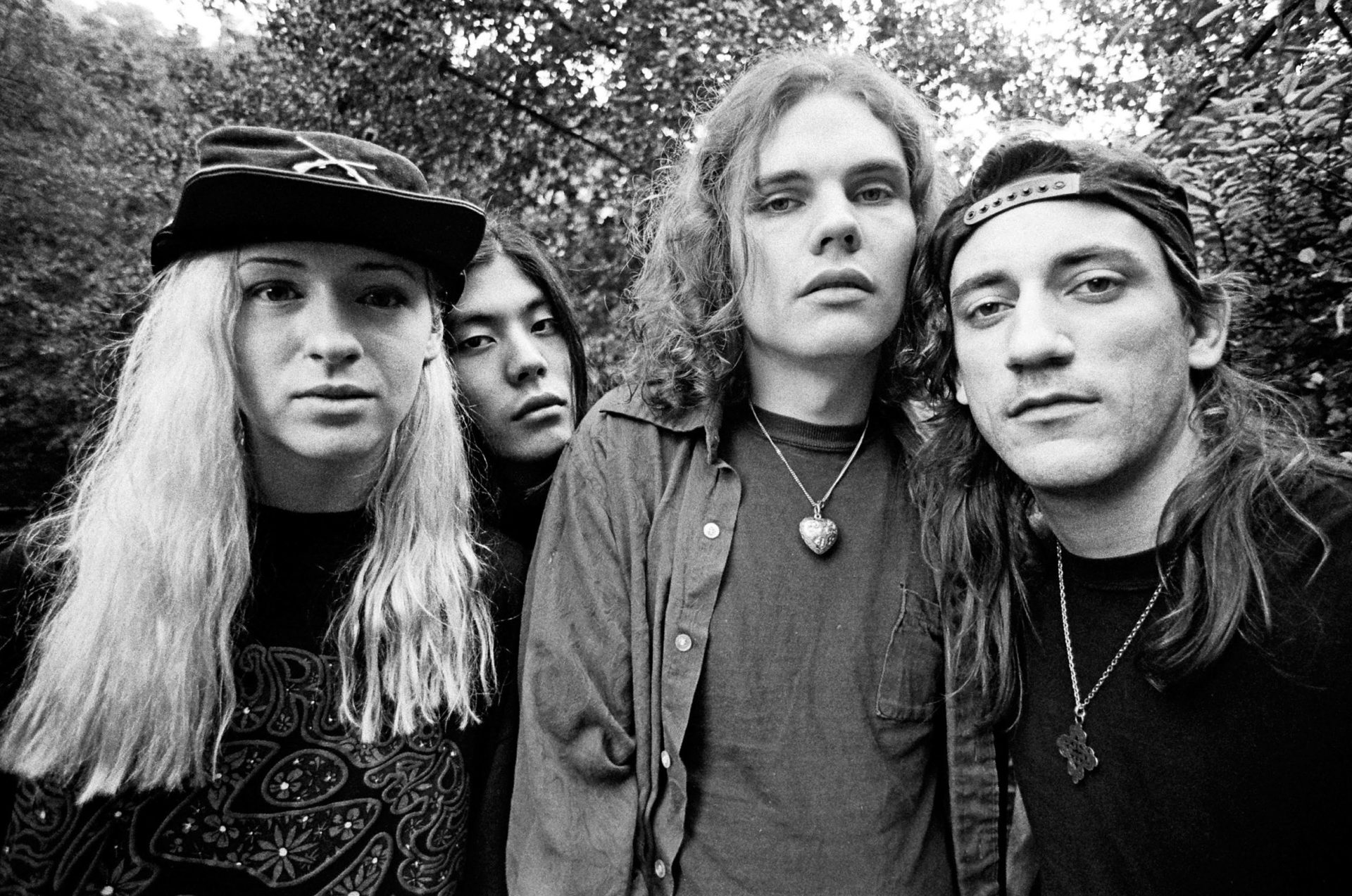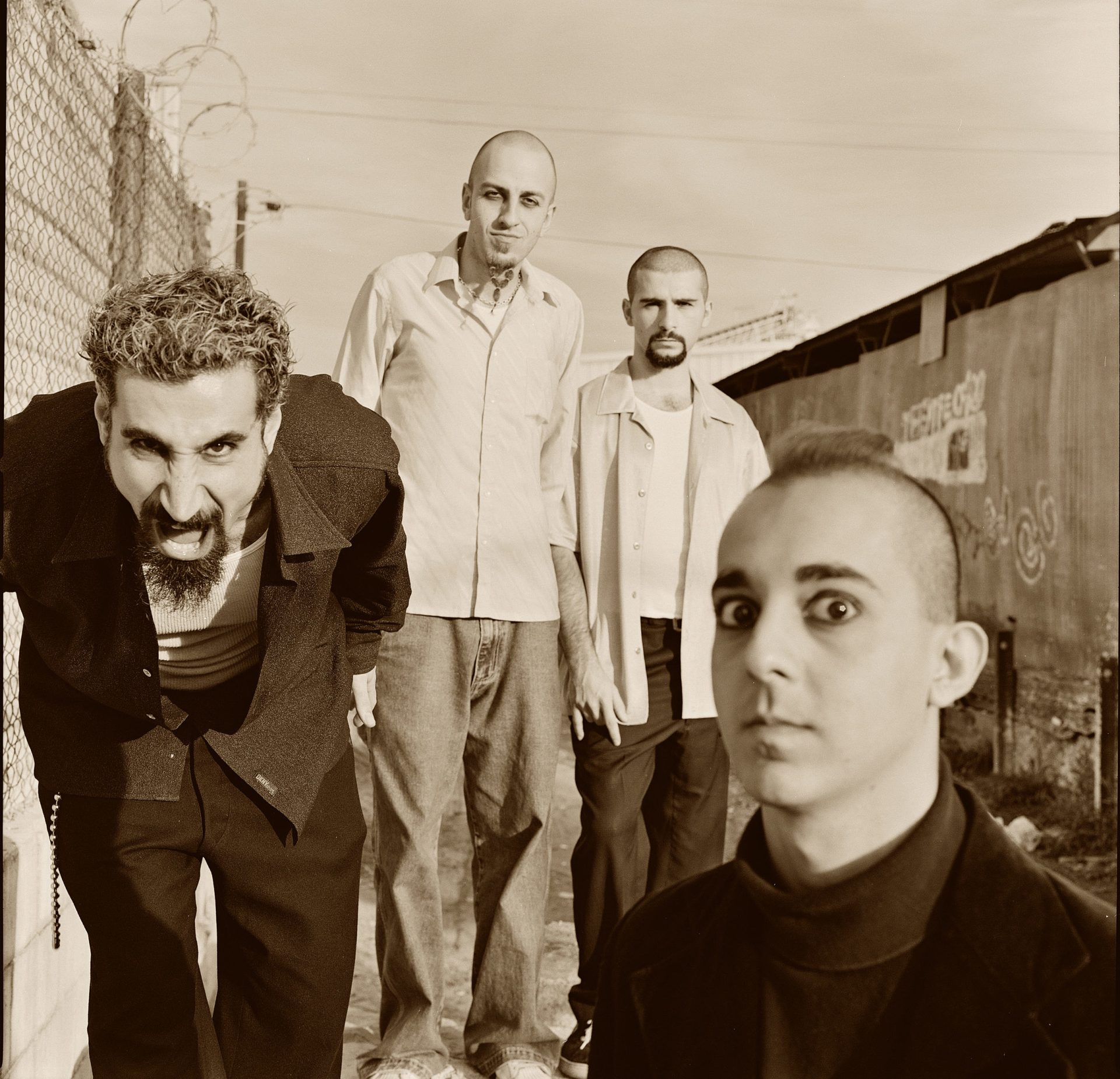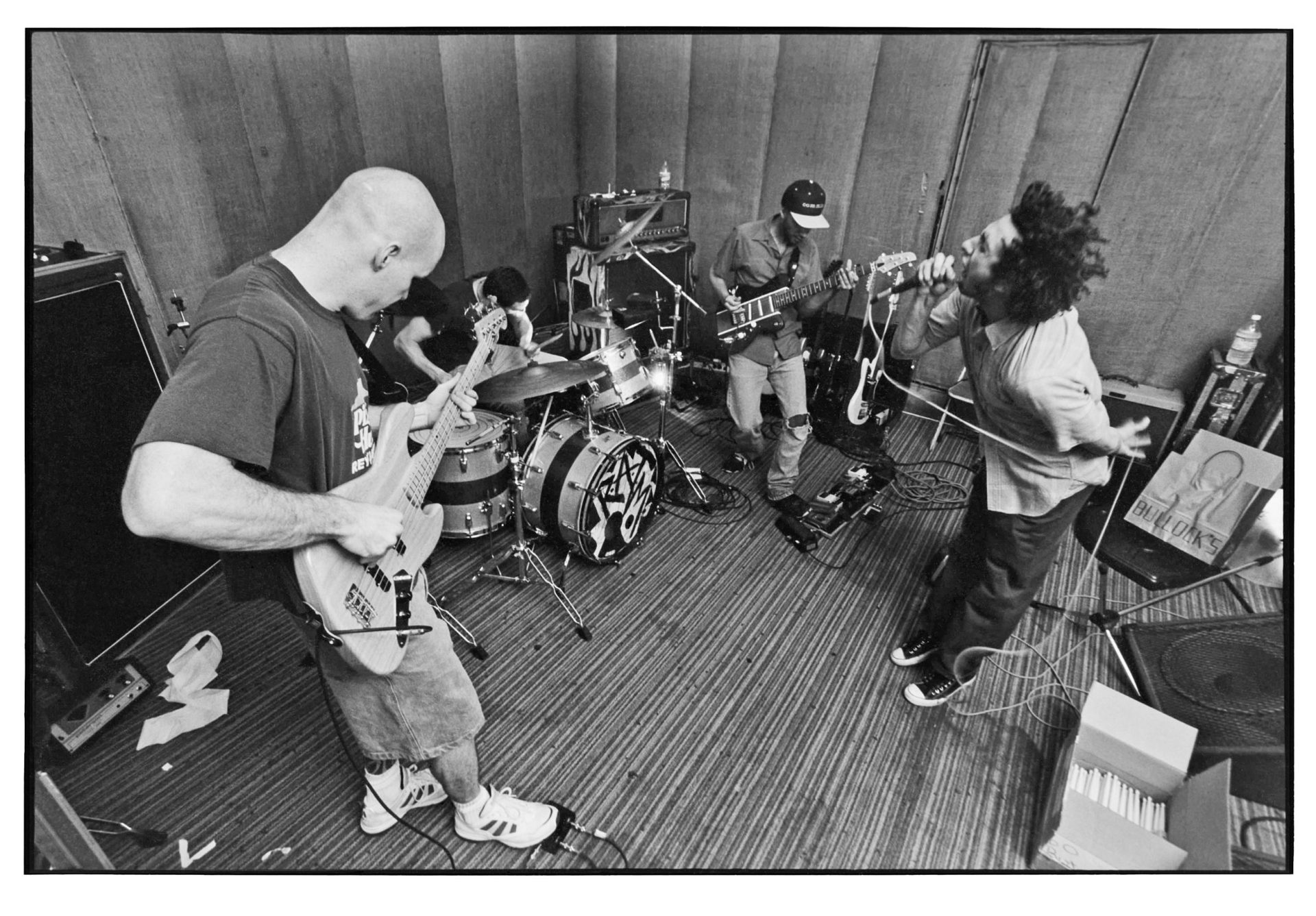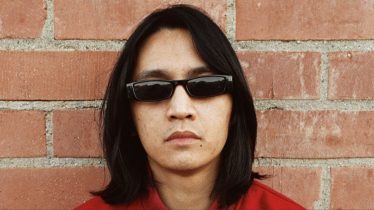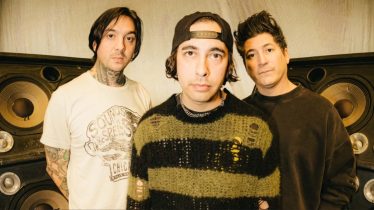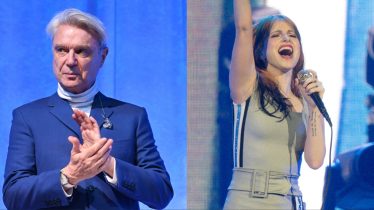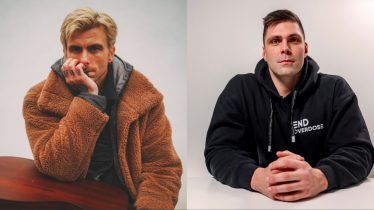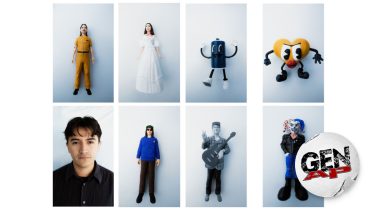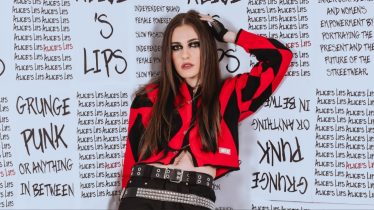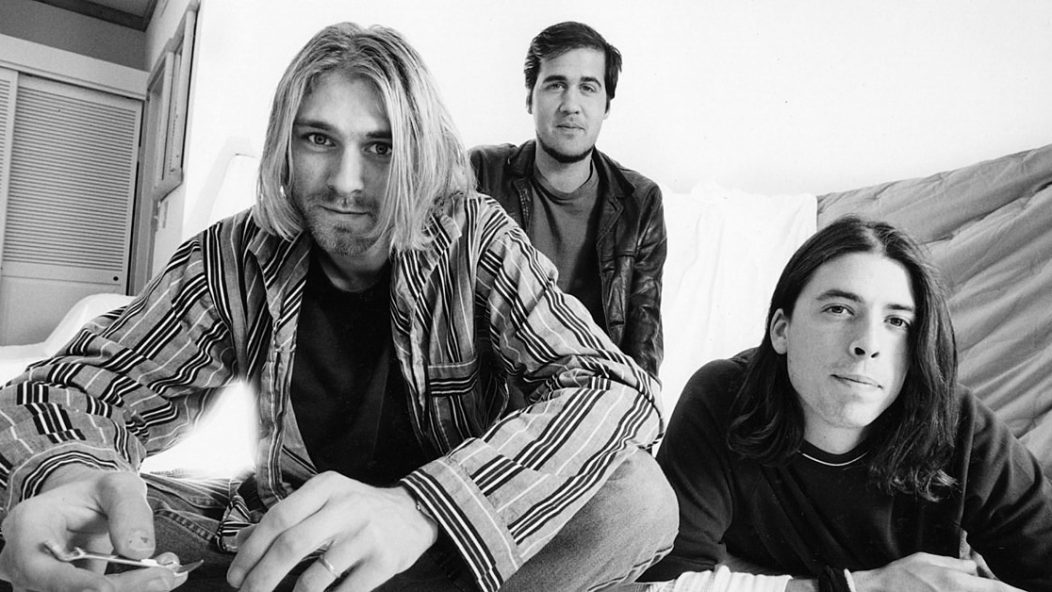
Music photographer Lisa Johnson on shooting Nirvana, Linkin Park and more
Each month, Alternative Press Gallery explores the work of photographers, directors and other creatives who help shape the music world from behind the scenes. With each issue, we explore the stories behind the shoots and take deep dives into the most compelling media, asking about the vision as well as the happy accidents that create some of the most powerful moments in music. Along the way, we talk to rising stars as well as legendary artists, all of whom work to construct a visual story of your favorite artists.
When considering who the great historians of rock ’n’ roll are, it’s safe to start with photographer and creative director Lisa Johnson. Johnson is very well responsible for any rock and alternative music fan’s favorite photos, dating back to the early ’90s all the way to present times. While the camera is indeed the vessel Johnson makes sense of the world with, it’s the way that she uses photography that goes far beyond the simple act of creating, opting to use her talent and trade for documentation and preservation. Johnson is a self-proclaimed cultural anthropologist, taking influence from early photographers dating back to the 1930s who documented the world around them in striking, accurate and compelling detail to capture timeless moments.
Read more: 12 great standalone punk-rock singles, from the Clash to the Libertines
For Johnson, she’s also open about being a purist and resistant to the digital age, which has consumed much of modern photography. Her commitment to using film and classic techniques allows her to create from an authentic place. This isn’t surprising, as hard work, dedication and patience are paramount to Johnson’s story. As someone who has pledged to document the world around her for the long haul, now decades into her career, she shows no signs of slowing down.
As a photographer, Johnson came to prominence as she chronicled the acclaimed punk and alternative scenes of the early ’90s, shooting everyone from Nirvana, the Smashing Pumpkins and Rage Against The Machine. Chances are, you have seen her iconic portraits all throughout prominent music publications, album artworks and can associate such photos as early cultural identifiers of now-legendary artists. In 1995, the inaugural year of Vans Warped Tour, Johnson knew that its future and cultural impact would only grow larger and was pivotal in documenting the traveling roadshow and its various evolutions over its 25-year run. From viewing her photographs across different eras, it’s fascinating to see how generations of bands and fans changed over the years.
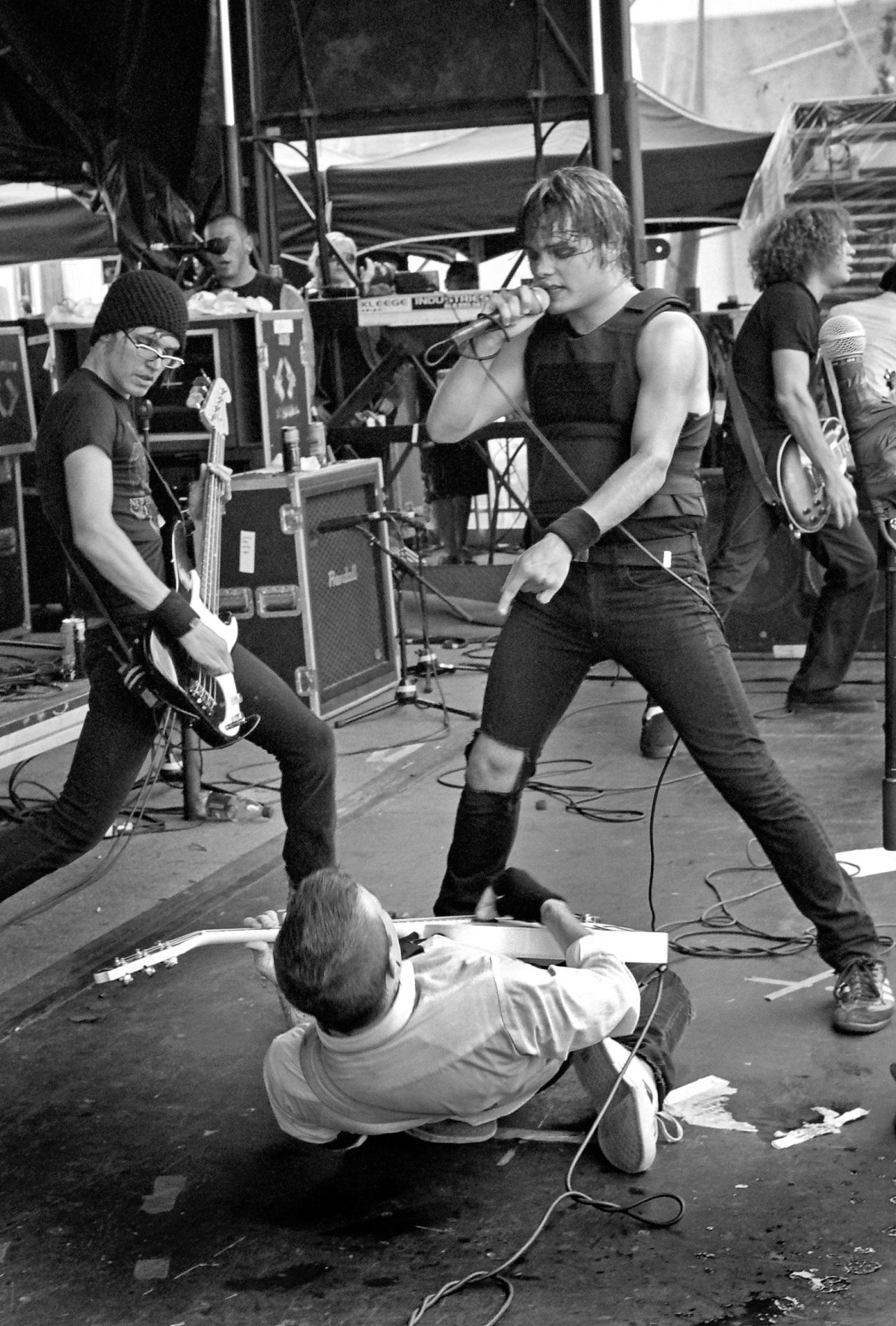
Read more: How Thomas Dang went from shooting nightlife to directing an Eyedress music video
In many ways, Johnson could be seen as a musical psychic, as she’s always had an uncanny ability to capture artists and talent right in the infancy of their careers — and just before their explosion into the mainstream by envisioning what the future could hold. Low and behold, the majority of the artists she has photographed over the years have gone on to have massive success and whirlwind careers. In some ways, that’s attributed to Johnson’s aesthetic and creative depictions, which have set the standard for what constitutes a great artist photo.
When did you first discover the world of photography?
My parents always had cameras, and there was a couple of key elements. One was that I was really into Scooby-Doo. I would never want to leave Saturday morning cartoons because I wanted to see Scooby-Doo, so my dad would take a picture of the TV so I could see it when I got back since we didn’t have digital media when I was little. He took the picture, and it didn’t come out right, so I was inconsolable.
After about three weekends like that, he was eventually like, “Just do it yourself” and handed me the camera, and so I started taking pictures then. Growing up in California, it’s earthquake country, and I built this elaborate Barbie Dream Castle with blocks, and it was probably 6 or 7 feet tall. If there was even a tap, the whole thing would come down, so my mom was always worried it would fall on me. My mom was like, “I’ll take pictures of it so you can see it forever.” Once again, I didn’t like how they came out, and so she also had me just do it myself. I was pretty little by the time I was directing and taking photos because I wanted to document the things around me.
Read more:
I’ve always been interested in journalistic, anthropological moments in time that need to be documented. I don’t know where that came from, but I’ve always wanted to capture the world around me so I can remember. It’s a flicker of a second that you have to capture that moment, and it lives for eternity once it’s on film. You can enjoy it forever or let it gestate like a fine wine, and then the picture, 20 years later, may resound with more importance than when you initially took it. This is history, and I’m capturing it for future posterity, and as a young person, that was always my goal. I remember being at parties taking pictures, and everyone would be like, “Stop taking pictures,” and I would always say, “Trust me, in 20 years, you will thank me,” and sure enough, they do.
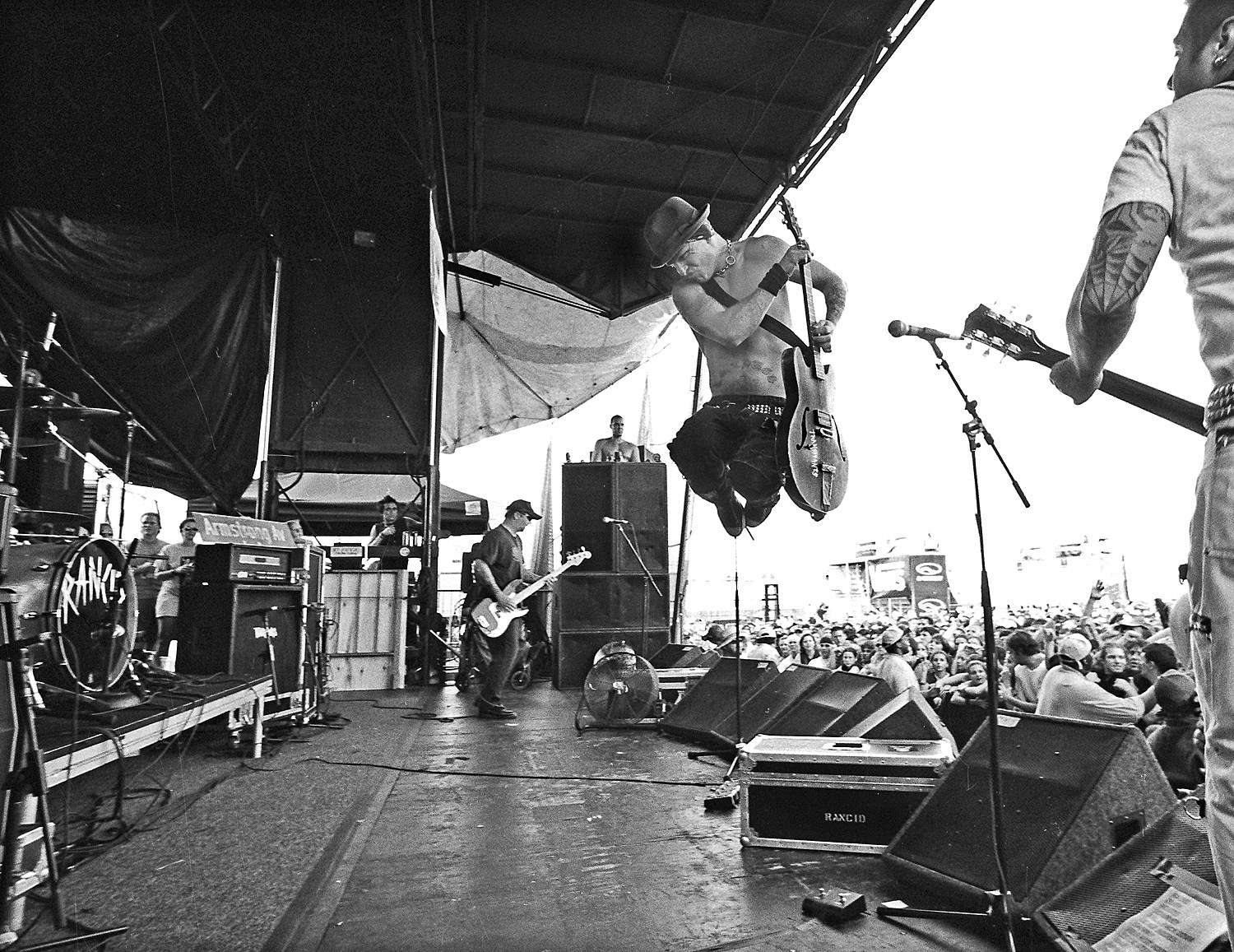
That is what’s so compelling about you — you are a true historian. Did you fall into photographing music pretty early as well?
I don’t really know where that transition happened because it was just so constant. It wasn’t really ever an option as a young girl that being a photographer was something you could do. They didn’t really guide you in that direction in school. I guess when it really started to explode was the early ’90s with grunge. That’s where it really solidified.
What kind of bands were you drawn to at this time?
I was always drawn to punk music and what my friends and I would listen to. When Sub Pop first started coming out, seeing Fugazi when they came to Southern California and seeing the band X, I guess these would have been defining moments of my ear being tuned to the more alternative and punk music scene.
As a music photographer, what specifically are you trying to convey and capture?
The challenge is: How can you show people what the music sounds like with just a simple photograph? I would try to capture the essence of the music within a photograph or sometimes go the complete opposite to create different storytelling of the music. For instance, if the band was really dark, you would want to have a fun picture because it was so opposite of what you’d expect. My goal essentially is to put you in the room and the moment so you could feel exactly what’s happening.
Who were the photographers that influenced you the most?
Some of the biggest influencers are Robert Frank, Diane Arbus and also a lot of WPA photos from photographers who traveled around the U.S. documenting the post-depression. There are devastating and beautiful pictures showing people traveling from Oklahoma to California. There is all this dust, and they are just gorgeous photos.
That makes sense because there is so much feeling communicated through your work. I also love that you shoot so much with film still in a largely digital world.
I love shooting on film, and [it’s] interesting to see that there’s actually now a whole resurgence of film. I never really wanted to go digital ever, but I was forced to do it to work in the industry. I never embraced it and still don’t. I love film. I love the way it looks, and it just has a completely different vibe. It feels more real but also impressionistic because digital is so unforgiving if you have a good camera, so you can see everything, but sometimes you don’t want to see everything. Film is so forgiving with some of those elements, and digital is so harsh, so I’m happy to see there is a resurgence.
What are some of your favorite photos you have taken?
There’s obviously stuff you would know right off the bat, like Smashing Pumpkins, Nirvana, Rage Against The Machine, but also some more contemporary stuff like the Gaslight Anthem’s album cover for The ’59 Sound. Everyone forgets that I did a lot of early stuff with Stone Temple Pilots that was really out there and also some beautiful portraits of Scott Weiland right before he passed.
I also just did the album cover photo for the band Destroy Boys. That was really exciting because after a year-plus of not shooting, it was really exciting to finally be able to do that again. They had a really ambitious plan, which we had to document in about eight seconds, which was a challenge, but I love a good creative challenge. Obviously, I love the historic documentation I have done for the Vans Warped Tour throughout the years. A lot of people may not realize that all of those photos were mine, and that is OK that they don’t because I just want them out there to create the vibe and not so much for just me.
I feel like in an industry where people are often very self-promotional, it’s honorable that you are just in this for the sake of capturing moments and conveying a story, and not making it all about yourself. Would you agree?
I think that’s because it’s not about me. If I’m gonna do a portrait or a band photo, for example, the Gaslight Anthem, it’s not “Lisa Johnson’s Gaslight Anthem.” I need to make the band’s personalities come out, not mine, and also try to be unique and original. The photos are not about me, and I don’t want you to see me in the photograph. In essence, I want you to see what you’re looking at and not be distracted by a style that might be more “me” than the artist.
Who are some people you would love to photograph one day?
I would love to do a portrait of Lin-Manuel Miranda because I think he’s very interesting and would probably appreciate how efficient and fun my photographs would be, and I also have a lot of questions for him. I haven’t shot a lot of the more modern pop stars because I’m more interested in the early stages of creating the iconic vibe and look of the artist. Once somebody already has their own thing, I lose interest and move on, go back and develop more. However, it would be fun to photograph someone who really knows who they are and where they are going, as opposed to me having to drag it out of them, which a lot of times is what I’m doing.
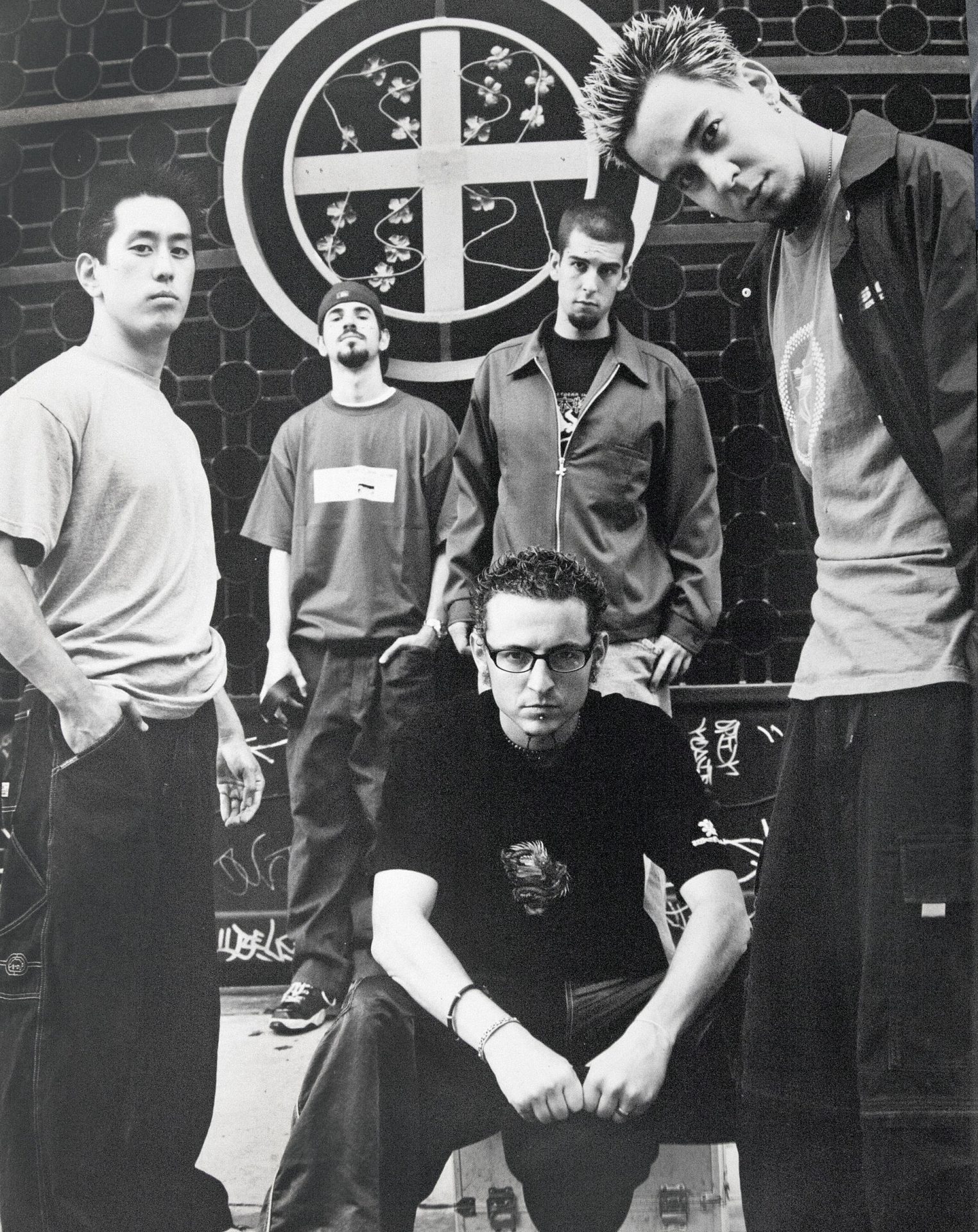
Tell us about shooting Linkin Park.
They gave me their debut CD before it was even pressed and given to radio, and I got to take it home, listen to it and come back the next day to take some photos of them. I really had a strong sense of who they were, but they were very concerned about their image and how they were going to be presented to the world.
I went to their rehearsal space on Hollywood Boulevard, and we climbed up on the roof, and they were not comfortable, but I was like, “Where do you want to be in 10 years?” I would throw out names, and we decided to shoot not where they were at the moment but where they were going to be in the future. Once we figured out where they were going, and not necessarily where they were at the time, it was then really easy to make it all happen.
You have a long history of photographing for Alternative Press. Do you have any memories or stories that stick out from this time?
I have two fun stories. The first cover I did for Alternative Press was for the Cramps, and they came to my house and did it here. I used to do photo shoots at my house in the early days, but not anymore, so that was fun. When Nirvana first came out, there was a big moment when they had just cut their hair, and Alternative Press wanted me to interview them about it, so that was the assignment. They did not want to answer those questions. [Laughs.] I’m just really happy that you’re keeping the magazine in print. You are encapsulating popular culture every time you put out an issue, and you’ve created a tomb of history of what’s happening, what has happened or is going to happen. If it wasn’t for these print editions, it would just evaporate into the ethers.
